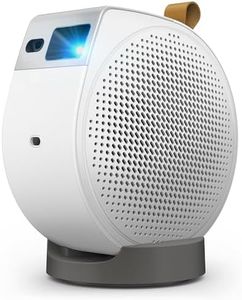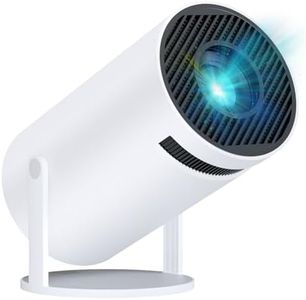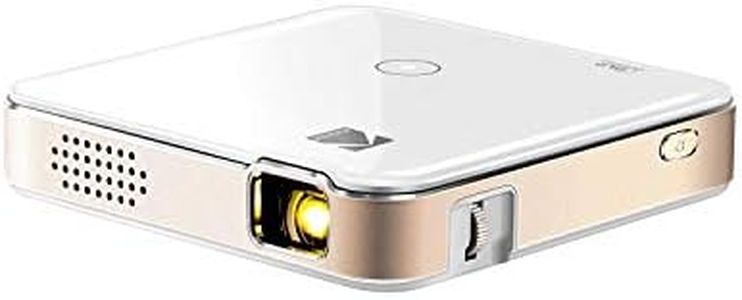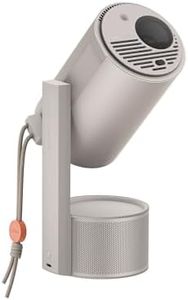We Use CookiesWe use cookies to enhance the security, performance,
functionality and for analytical and promotional activities. By continuing to browse this site you
are agreeing to our privacy policy
10 Best Pico Projectors
From leading brands and best sellers available on the web.By clicking on a link to a third party's website, log data is shared with that third party.
Buying Guide for the Best Pico Projectors
Pico projectors are tiny, portable devices that let you project images, videos, or presentations onto a wall or screen almost anywhere. Choosing the right pico projector means thinking about where and how you’ll use it, since these compact gadgets are designed for portability but may offer different strengths in brightness, image quality, and connectivity. To pick the best fit for your needs, it’s important to understand the main features and what they mean for your everyday use.Brightness (Lumen Rating)Brightness, measured in lumens, tells you how visible and clear the projected image will be in different lighting conditions. Low lumens mean a dimmer image, suitable only for dark rooms, while higher lumens allow you to use the projector in environments with more light. Typically, pico projectors range from about 50 to 500 lumens. Under 100 lumens is okay for completely dark spaces and small, personal viewing. Around 100–300 lumens will work in dimly lit rooms and is fine for small groups. Over 300 lumens will be much more versatile, letting you project in environments with some ambient light or to larger audiences. Think about where you plan to use your projector and how dark you can make the space; if it’s not always perfectly dark, a higher brightness will give you much better results.
ResolutionResolution refers to the number of pixels that make up the picture the projector shows, which affects how sharp and clear the image looks. Resolutions for pico projectors may start as low as 480p (standard definition), go up to 720p (HD), or even reach 1080p (Full HD). Lower resolution is fine for showing simple images, cartoons, or basic presentations, but if you want to watch movies or display detailed photos, higher resolution will look much better. Choose higher resolution if you care about detail, text clarity, or plan to use the device for entertainment—otherwise, for simple business use or quick sharing among friends, lower resolution may be sufficient.
Battery LifeBattery life tells you how many hours the projector can operate on its own before needing to recharge. Some pico projectors run for just 1–2 hours, while others might stretch to 4 or more. Longer battery life is key if you’ll be out and about, away from sockets: for example, long meetings, outdoor movie nights, or camping trips. But if you’ll mostly use the projector plugged in, battery life is less critical. Match the battery duration with your typical session length—choose longer life if you want true portability without plugging in.
Connectivity OptionsConnectivity defines how you hook up your devices—laptops, phones, or USB drives—to the projector. Common options are HDMI, USB, microSD, wireless (Wi-Fi/Bluetooth), and even screen-mirroring features. If you use mostly smartphones, look for wireless options or compatibility with mobile cables; for laptops, HDMI or USB may be best. Think about the gadgets you already own and make sure the projector can easily connect to them—that way, you're not stuck with extras or adapters you don’t need.
Size and WeightSize and weight make a difference in how easy the projector is to carry around. Pico projectors are made small on purpose, but their actual bulk can range from pocket-sized up to something closer to a thick paperback book. If you want maximum portability—like slipping it into a pocket or small bag—look for the lightest and most compact options. If you’re fine carrying a little more for extra power or features, a slightly bigger model might still feel portable enough for your needs.
Speaker QualitySpeaker quality refers to the built-in audio’s volume and clarity. Many pico projectors have basic, tiny speakers—enough for a quiet room or a few people, but not great for bigger groups or outside use. If good sound matters or you expect to use the projector for movies or videos, check that it has decent speakers or the option to plug in external speakers or headphones. Think about your typical use—if you often need room-filling sound, plan for extra audio gear or a model with better speakers.
Throw Distance and Image SizeThrow distance refers to how far away the projector needs to be from the screen or wall to create a clear, focused image, and image size is the actual width of the projection. Pico projectors usually work best at short distances (a few feet or a meter or two), and image size goes from small (like a TV screen) to much bigger (a movie poster or more). If you plan to project in small rooms or onto small surfaces, check that it can focus at close range. If you want bigger images or have more space, make sure the projector can handle that distance without losing quality.
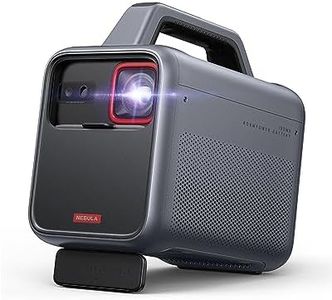
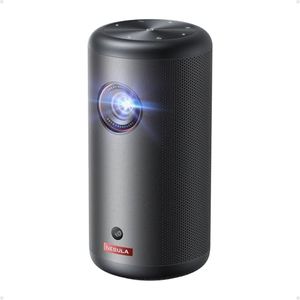
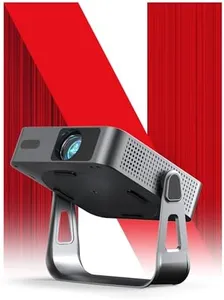
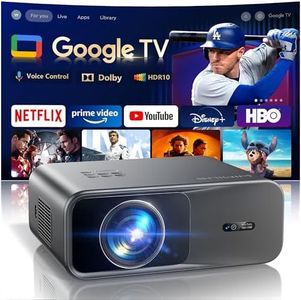
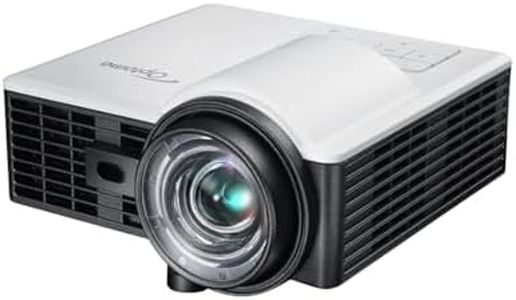
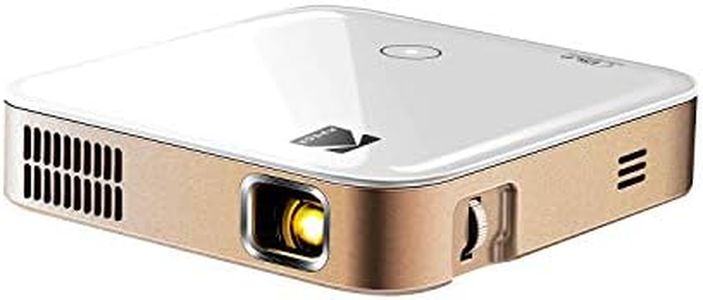
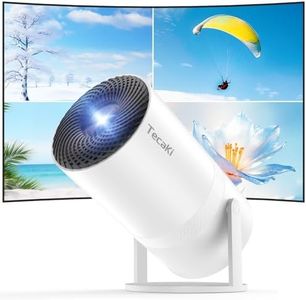
![[Netflix Official & Electric Focus] XuanPad Mini Projector Full HD 1080P, Portable Projector with WiFi and Bluetooth, 210° Rotatable Stand, Auto Keystone, Dust Removal and Heat Dissipation Design](https://images-proxy.bestreviews.guide/rZ_kcYN1CVp6SJQRxPBDlgeZ28c=/0x300/https://m.media-amazon.com/images/I/516R9wCqYJL._AC_CX679_.jpg)
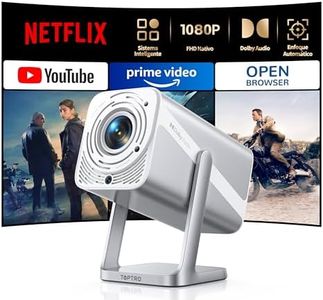
![[Built-in Apps & 2025 Upgraded] Mini Projector with WiFi 6 and Bluetooth 5.4 Support 4K 1080P Auto Keystone 180° Rotatable Projector Portable Compatibile with HDMI/TV Stick/Memory Stick/Laptop, White](https://images-proxy.bestreviews.guide/Fu7bh_JXJIG3s94N1jKWyEgYm_g=/0x300/https://m.media-amazon.com/images/I/51FW4VDJezL._AC_CX679_.jpg)

